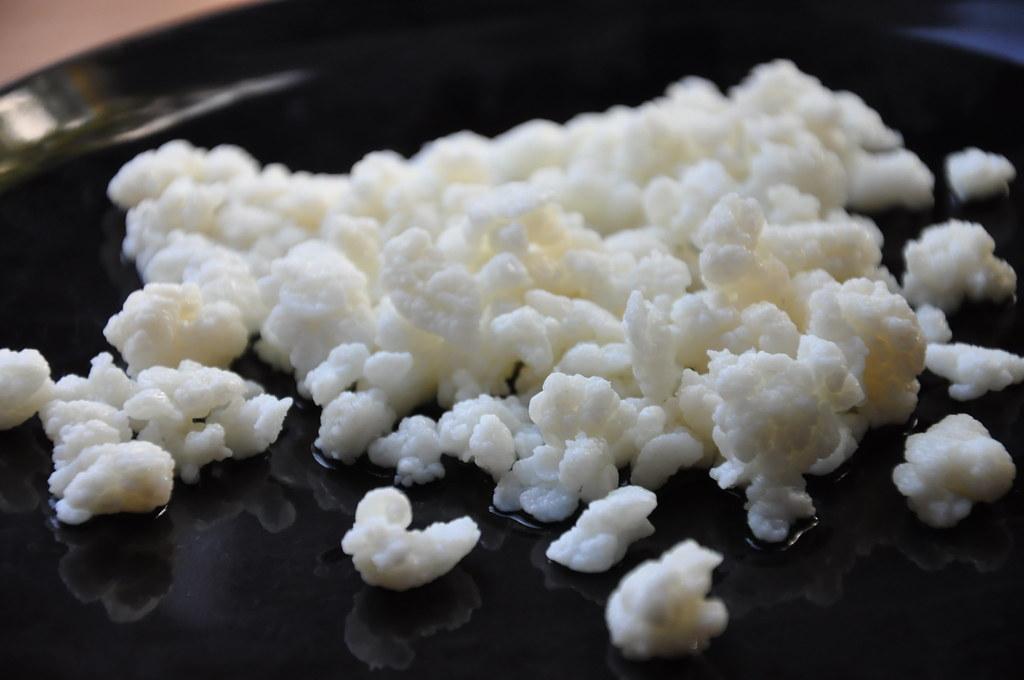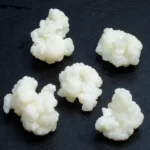Kefir is a fermented dairy drink that has been enjoyed for centuries in various cultures across the world. It has gained popularity in recent years due to its numerous health benefits and delicious taste. In this article, we will take a journey through time to explore the fascinating history of kefir and its rise as a modern health trend.
History of Kefir

The origin of kefir can be traced back to the North Caucasus Mountains in the area that is now modern-day Russia and Georgia. According to folklore, it was discovered by shepherds who noticed that their milk would ferment into a tangy, effervescent drink after being stored in leather bags made from the stomachs of goats. These leather bags contained naturally occurring yeast and lactic acid bacteria that would ferment the milk.
For centuries, kefir was a staple in the diets of the people living in the North Caucasus Mountains. They believed that it had numerous health benefits and used it as a remedy for various ailments. The secret of kefir was closely guarded and passed down from generation to generation. It was not until the late 19th century that it was introduced to the rest of the world.
As kefir became more widely known, its reputation as a health food began to spread. In the early 20th century, Russian scientist Élie Metchnikoff, who was awarded the Nobel Prize in Physiology or Medicine, became interested in the health benefits of kefir. He discovered that the bacteria in kefir could improve gut health and boost the immune system. This was a major breakthrough in the understanding of the relationship between the gut and overall health.
In the years that followed, kefir became increasingly popular in Europe and the United States. Today, it can be found in health food stores and supermarkets across the world. It is widely regarded as a superfood due to its high levels of probiotics, vitamins, and minerals. It is also a great alternative for those who are lactose intolerant, as the fermentation process breaks down the lactose in the milk, making it easier to digest.
Kefir is made by fermenting milk with a combination of yeast and bacteria. The yeast and bacteria work together to convert the lactose in the milk into lactic acid, which gives it its tangy flavor and effervescence. The fermentation process also produces probiotics, which are beneficial bacteria that can improve gut health.
One of the unique things about kefir is that it can be made using a variety of milks, including cow, goat, and sheep milk. This makes it a versatile food that can be enjoyed by people with different dietary restrictions. In addition, it can also be flavored with fruits, spices, and sweeteners to create a delicious, healthy drink.
Kefir has a rich and fascinating history that spans centuries and continents. It has gone from a traditional food in the North Caucasus Mountains to a modern health trend enjoyed by millions of people across the world. With its numerous health benefits and delicious taste, it’s no wonder that it has become such a popular drink.
Check out Little Tree Food Forest for articles on food forests and homesteading.
Check out StoryScapes for articles on creative writing.








One thought on “The Fascinating History of Kefir: From Ancient Times to Modern Health Trend”
Comments are closed.